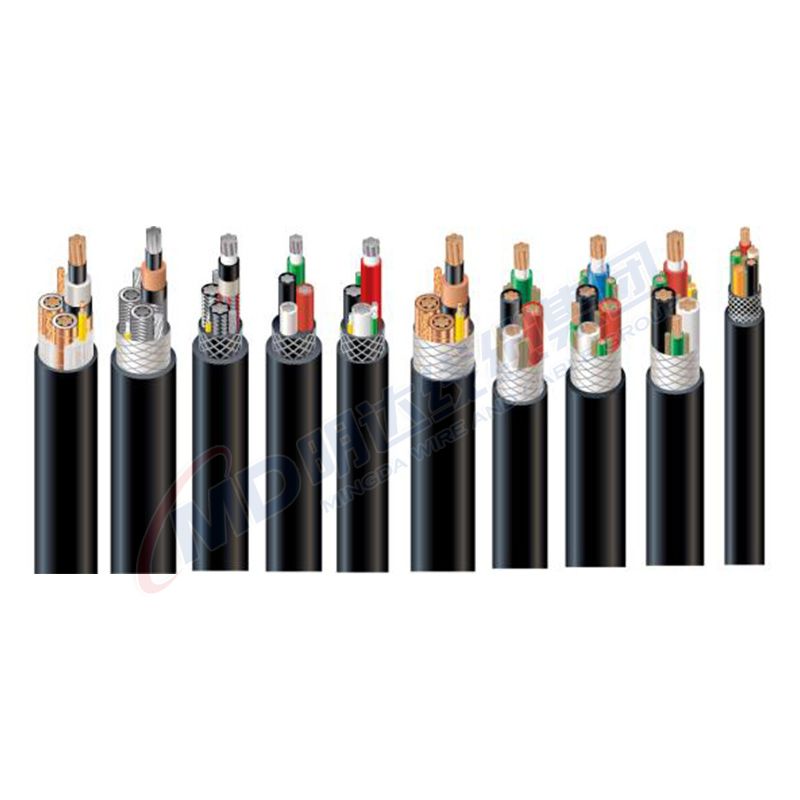10 月 . 13, 2024 22:07 Back to list
flanged butterfly valve
Understanding Flanged Butterfly Valves A Comprehensive Overview
Flanged butterfly valves are essential components in numerous industrial applications, renowned for their efficiency and reliability in controlling the flow of fluids through pipelines. These valves are particularly favored for their lightweight construction, compact design, and cost-effectiveness, making them an optimal choice for varied environments, from sewage treatment facilities to petrochemical plants.
Design and Structure
The primary feature of a flanged butterfly valve is its disc-shaped closure element, which rotates around an axis to either allow or restrict flow. This disc is mounted on a spindle, and the valve itself is typically housed within a flanged body, which facilitates easy installation and robust connections to pipes. The flanged ends allow the valve to be securely fastened to adjoining pipe sections, ensuring a leak-proof seal that can withstand high-pressure applications.
The valve's operation is remarkably straightforward. By turning the handle or actuator, the disc pivots, opening or closing the flow path. This simplicity is one of the reasons flanged butterfly valves are so widely used; they can be actuated manually or automated for remote applications, offering versatility and convenience.
Advantages of Flanged Butterfly Valves
One of the most significant advantages of flanged butterfly valves is their minimal pressure drop across the valve, which is crucial in systems where maintaining pressure is vital. The design allows for a smooth flow pathway, reducing turbulence and minimizing energy loss. Additionally, their compact size means less space is required in the installation area, allowing for more efficient use of available resources.
flanged butterfly valve

Another advantage is the variety of materials available for the construction of these valves. Depending on the specific application and the media being transported, flanged butterfly valves can be made from materials such as cast iron, stainless steel, or PVC. This variability allows them to endure different temperatures, pressures, and chemical exposures, making them suitable for diverse applications.
Applications
Flanged butterfly valves have a wide range of applications across multiple industries. In water treatment facilities, they are used to regulate the flow of water and waste. In the chemical industry, they can manage various corrosive substances, while in oil and gas applications, they control the flow of crude oil or natural gas in pipelines. Their ability to operate efficiently in diverse conditions proves their adaptability to modern industrial needs.
Maintenance and Considerations
While flanged butterfly valves are designed for durability, regular maintenance is essential to ensure their longevity and performance. Operators should routinely inspect the valve for signs of wear, leakage, and corrosion. Additionally, proper installation is critical; ensuring that the flanges are properly aligned and torqued can prevent operational failures and prolong the valve's lifespan.
Conclusion
In conclusion, flanged butterfly valves are a vital element in numerous industrial processes. Their unique design, operational efficiency, and adaptability to various environments make them indispensable. As industries continue to evolve, the role of flanged butterfly valves will undoubtedly remain significant, contributing to optimized performance and reliable fluid control in diverse applications. Understanding their functionality and maintenance needs is crucial for anyone involved in pipeline management and industrial operations.
Share
-
Understanding the Differences Between Wafer Type Butterfly Valve and Lugged Butterfly ValveNewsOct.25,2024
-
The Efficiency of Wafer Type Butterfly Valve and Lugged Butterfly ValveNewsOct.25,2024
-
The Ultimate Guide to Industrial Swing Check Valve: Performance, Installation, and MaintenanceNewsOct.25,2024
-
Superior Performance with Industrial Swing Check Valve: The Essential Valve for Any SystemNewsOct.25,2024
-
Industrial Swing Check Valve: The Ideal Solution for Flow ControlNewsOct.25,2024
-
You Need to Know About Industrial Swing Check Valve: Functionality, Scope, and PerformanceNewsOct.25,2024